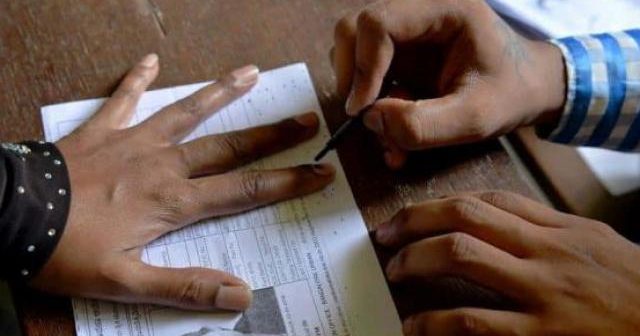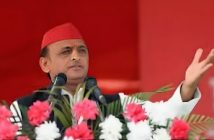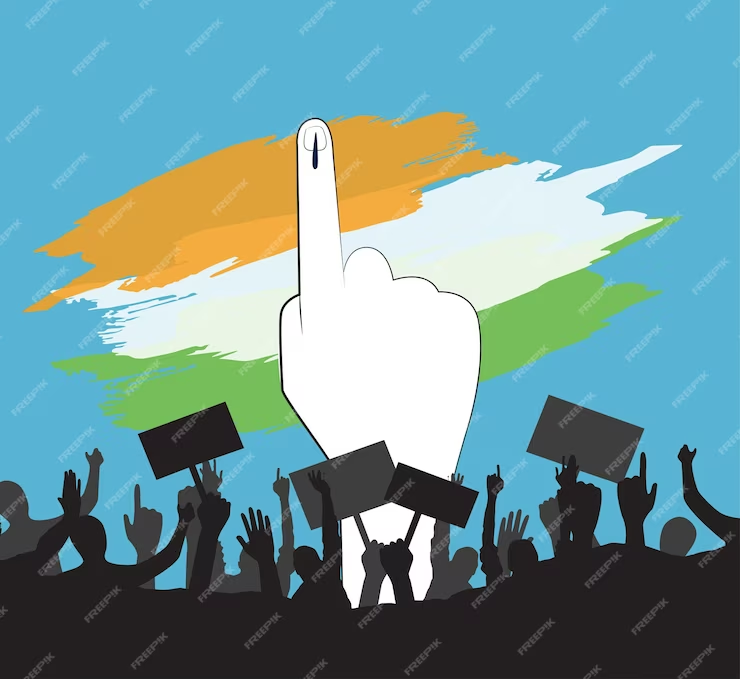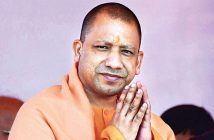If someone analyses the election politics of various parties in India, one can find similarities in their craft.
It is largely dictated by the politics of evolving a base vote and adding to it ‘stepney’ votes to create a rainbow social alliance during elections.
The base vote of a political party evolves from caste(s) or communities who find their comfort zone in the leaders or the dominant agenda of a particular political party.
In Uttar Pradesh Assembly election, except the Congress, all the major players — the Bharatiya Janata Party (BJP), the Samajwadi Party (SP), the Bahujan Samaj Party (BSP) — have a fixed base vote.
The BJP’s base vote comprises upper caste and vyapari (trader) communities;
in the last few years, some Scheduled Castes (SCs) like Koris, Dhobis, Musahars and Most Backward Classes like Nishads and Chaurasias too have gravitated towards the party.
The Samajwadi Party has evolved its base vote among Yadav and Muslim (M-Y) communities and the BSP derives its strength from the Dalit base vote.
These parties have acquired their base vote through long associations with communities, in the form of various movements, protests and struggles.
Each of these parties is trying hard to gather support of other castes which are not the base vote of any political outfit yet.
These votes are called ‘stepney’ votes or supplementary votes.
In poll-bound UP, these constitute few smaller castes among upper castes, some MBCs and Dalit groups.
These are groups that are not numerically strong, not yet politically mobilised and are yet to see an influential leader rise through the ranks.
These castes/communities can swing in the favour of a party which gives them proper representation in politics or responds to their aspirations.
Some of these castes do not always vote cohesively in the favour or against one political party,
and their vote can be divided among two or three parties based on local considerations
— choice of candidate, party’s relationship with the community, who is promising them what benefits after coming to power etc.
In villages in North India, such votes are called ‘phata hua vote’ (prone to division).
A Dalit youth in Mungari village of Karachhana constituency described it to us during our field work.
He said, ‘Our votes are fixed for the BSP and our neighbour’s — a Yadav patti
— is fixed for the SP but the votes of Kol community in this village are not fixed … ye ‘phata hua vote hai’.’
Social communities like Hari, Nat, Sahariya, Kuchhbadhiya, Basore can behave like swing voters in this election.
These voters will tilt towards a party which delivers social welfare schemes to them and is seen working for their community.
Therefore, free ration, pension schemes and PM Awas Yojana can leave an impact on the electoral choice of such voters.
Contrast this with the common sentiment we found among the base vote of parties: ‘Win or lose, we will vote for our party…
Yes, we are receiving ration and benefits of various government schemes, but we will vote only for our party.’
In several localities, we also heard people saying that because they are known as voters of a particular party, even if they say they will vote for someone else this time, none trusts them. ‘
So, we will vote for our party,’ they add.
In this UP election, the party which can build a rainbow social alliance broader than the rest, by adding smaller communities to its base vote, will perform well.




